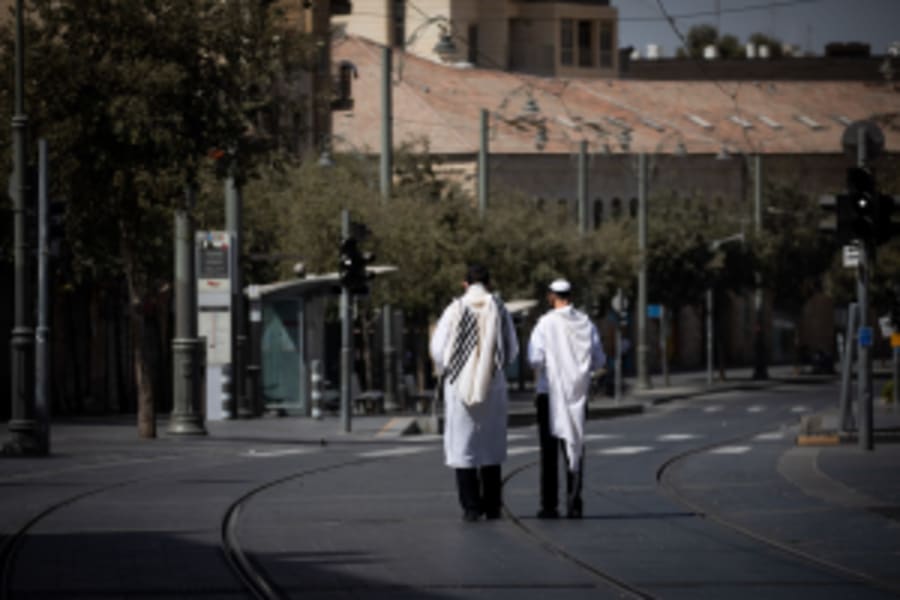Iran War: Will the US officially join?

On June 12, Israel initiated airstrikes in Iran [1]. The CTP-ISW summarized the opening of the war quite well: “The recent Israeli strikes are a rapidly evolving situation, and no single individual or organization will have complete information at this time, including the states involved [1].” It is not clear why Iran delayed in launching a counterstrike of ballistic missiles [1], but could be attributed to sudden elimination of top commanders, or targeted strikes on ballistic missile launchers [2]. The IDF reports that dozens of ballistic missile launchers have been destroyed in Israeli airstrikes [3].
Indeed, Iran has since launched several barrages of ballistic missiles; it is assessed that over 450 ballistic missiles have been fired at Israel [4]. The ballistic missiles have apparently been targeting densely populated areas, indicating a sense of desperation by Iran. This may be an attempt by Iran to deplete Israel’s stock of ballistic missile interceptors. Strategically, it’s a matter of inventory - how many capable interceptors does Israel have, and how many ballistic missile launchers does Iran have. On June 15, the Israeli Defense Ministry director met with defense industry leaders about accelerating the production of interceptors [5].
Despite Iran’s extensive arsenal of ballistic missiles, Israel has degraded Iran’s ability to counterattack by targeting ballistic missile launchers and openings to underground missile bases. The distance between Israel and Iran is about 1,000 miles. For Israeli warplanes to attack in Iran is logistically complex, needing to refuel in midflight at least once on their round trip, and carrying a limited payload of munitions. The IAF has allocated much of its airstrikes on targeting top commanders and Iran’s ballistic missile capabilities, and apparently has not inflicted extensive damage to most of Iran’s nuclear facilities, many of which are embedded deep underground. The Israeli military may not have the means to effectively bomb such facilities. The US Air Force has B-52 Stratofortress heavy bombers at Al Udeid Air Base in Qatar [6], and at the island military base of Diego Garcia [7]. About 30 US aerial refueling tanker aircraft have been flying towards the Middle East [8], suggesting plans for drastically increased Israeli airstrikes in Iran, possibly to be joined by US heavy bombers.
Israel has struck gas and oil infrastructure in Iran [9]. These include the Shahr Rey oil refinery, one of the largest oil refineries in Iran, two natural gas refineries, and an oil depot in Tehran [9]. Iran uses its natural gas and oil domestically, and such attacks disrupt Iran’s energy supply as a source of electricity for nuclear activities, as it is possible that Iranian contingents may still be pursuing nuclear weapons at the deep underground facilities. Iran has three hardened and buried nuclear facilities: Fordow, Natanz, and Isfahan [10]. Based on the vocabulary being used among US leaders, such as “we” in reference to strategic position, it seems that the US will join Israel in the military campaign on Iran. The US Ambassador to Israel praises the POTUS for opening successes in the Iran war, concluding with the remark “It is my honor to serve you!” The statements from Huckabee go too far. Colossians 3:23-24, “It is the Lord you are serving, not man”.
The GBU-57 Massive Ordnance Penetrator is a 30,000-pound guided bomb designed specifically for hardened and deeply buried targets, and can be carried by the US B-52 Stratofortress [11]. The MOP features a casing of special high performance steel alloy around the warhead, allowing for a large explosive payload while maintaining integrity during impact [12]. The MOP is magnitudes beyond the 5,000-pound GBU-72 bunker buster which can be carried by Israeli F-15’s [11]. In the event of striking the subterranean nuclear facilities, the enriched uranium that Iran possesses is said to be only slightly radioactive and is thought would be contained since the facilities are deep underground [10].
Iran used at least one ballistic missile with multiple munitions (submunitions) in a barrage of about 20 ballistic missiles on the morning of June 19 [13]. This was likely a “Khorramshahr-4” ballistic missile, which has a range exceeding 2,000 km (1,200 miles) [14], allowing them to be fired at Israel from deeper inside Iran. Iran is having to launch ballistic missile attacks from central Iran as Israel has been striking launchers in western Iran [14]. The Khorramshahr-4 is made of composite material to hinder radar detection and tracking, has a midcourse velocity of Mach 16 [15], and the reentry vehicle features multiple small vernier engines for stabilization and maneuvering outside the atmosphere [15]. Of its arsenal, the Khorramshahr-4 type ballistic missile would probably be Iran’s most likely option for carrying a nuclear warhead [15].
References
[1] Reddy, R, B. Rezaei, J. Moore, A. Ganzeveld, and B. Carter. E. 2025, June 12. Iran Update Special Report. Institute of the Study of War and the American Enterprise Institute’s Critical Threats Project.
[2] Parry, A., N. Carl, and A. Ganzeveld. 2025, June 13. Iran Update Special Report. Institute of the Study of War and the American Enterprise Institute’s Critical Threats Project.
[3] Levaton, S. 2025, June 13. IDF: We destroyed dozens of missile launchers in last several hours of airstrikes in Iran. The Times of Israel.
[4] Fabian, E. 2025, June 20. For second day in row, Iran missile hits Beersheba, damaging buildings, wounding 7. The Times of Israel.
[5] Levaton, S. 2025, June 15. Defense Ministry director meets with heads of Israel’s defense industries to discuss speeding up weapons production amid war with Iran. The Times of Israel.
[6] Jones, C. 2024. Pentagon sends more B-52 bombers to Qatar amid Iran tensions. Defence Blog.
[7] Olson, W. 2025, May 23. USAF sends F-15 fighters to Diego Garcia. Stars and Stripes, Volume 84 Edition 26.
[8] 2025, June 16. US appears to be deploying large number of aerial refueling tankers across the Atlantic. The Times of Israel.
[9] Campa, K., N. Morrison, R. Reddy, and A. Ganzeveld. 2025, June 15 (Morning Edition). Iran Update Special Report. Institute of the Study of War and the American Enterprise Institute’s Critical Threats Project.
[10] Eisenstadt, M. 2025. Attacking Iran’s Nuclear Program: The Complex Calculus of Preventative Action, Policy Note 157. The Washington Institute for Near East Policy.
[11] Church, A. M. U. 2022. Weapons & Platforms. In: USAF & USSF Almanac 2022, pages 122-166. Air & Space Forces Association.
[12] Gilmore, J. M. 2015. Director, Operational Test and Evaluation, FY 2014 Annual Report.
[13] Fabian, E. 2025, June 19. IDF confirms Iran launched missile carrying fragmenting cluster warhead. Times of Isreal.
[14] Reddy, R., J. Moore, A. Parry, A. Borens, B. Schmida, N. Morrison, K. Campa, and A. Ganzeveld. 2028, June 18 (Evening Edition). Iran Update Special Report. Institute of the Study of War and the American Enterprise Institute’s Critical Threats Project.
[15] Nadimi, F. 2023, July The Next Generation of Iranian Ballistic Missiles, Policy Note 138. The Washington Institute for Near East Policy.

Josh Bowditch is an aspirer of stewardship in the Biblical sense. This includes ascertaining the truth and writing concisely about topics of interest.













